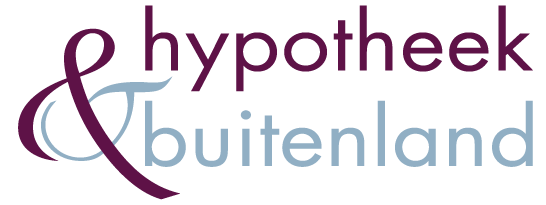Purchase and ongoing costs Italy
Purchase and ongoing costs
The “buyer’s fees” (also known as “notary fees”) generally include the total costs due in taxes and notary fees. These costs are twofold: one part the costs related to the purchase of the property and the second part related to the notarization of the mortgage. The transfer tax for a second home is 9% of the cadastral value of house. Total notary fees are usually about 1% of the cadastral value with a maximum of €3,500.

